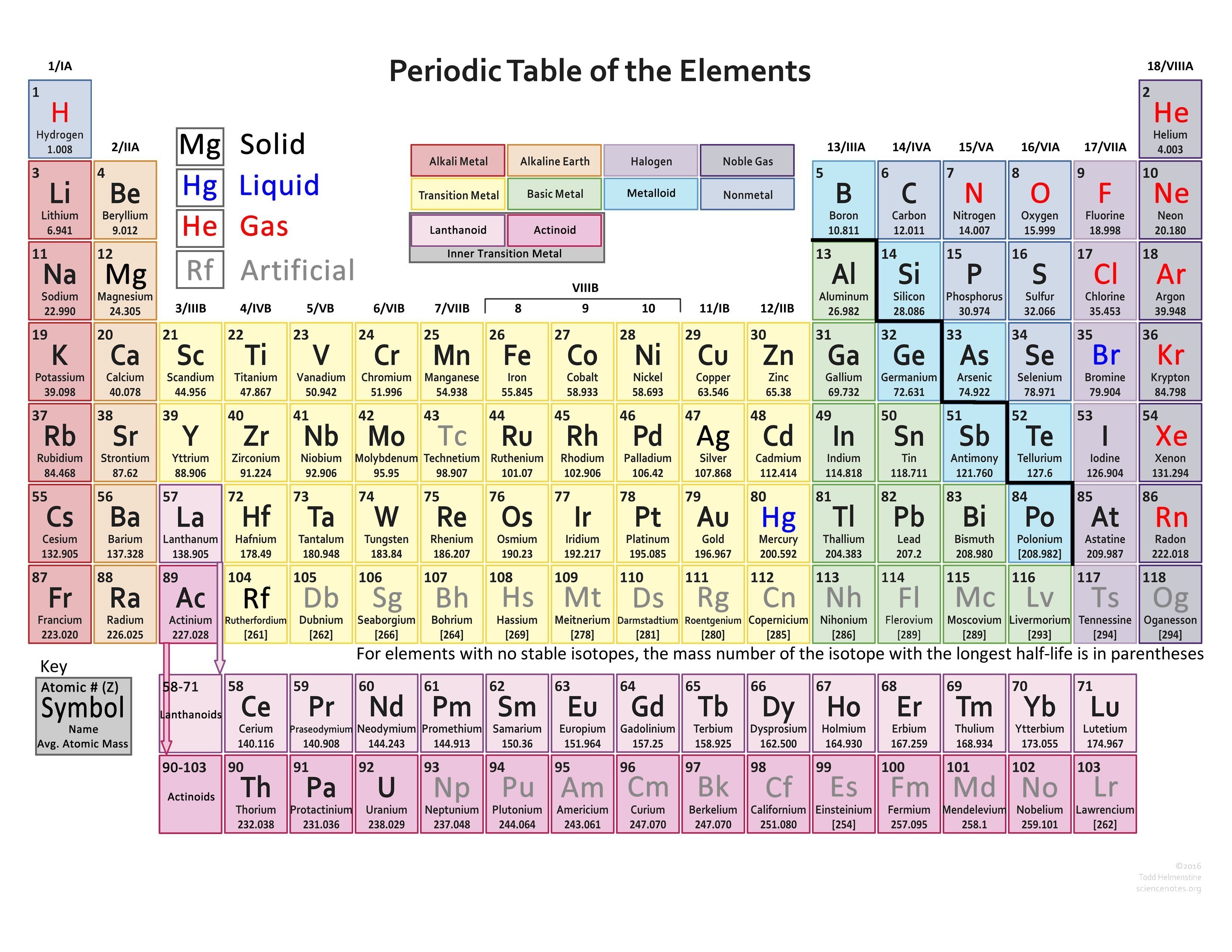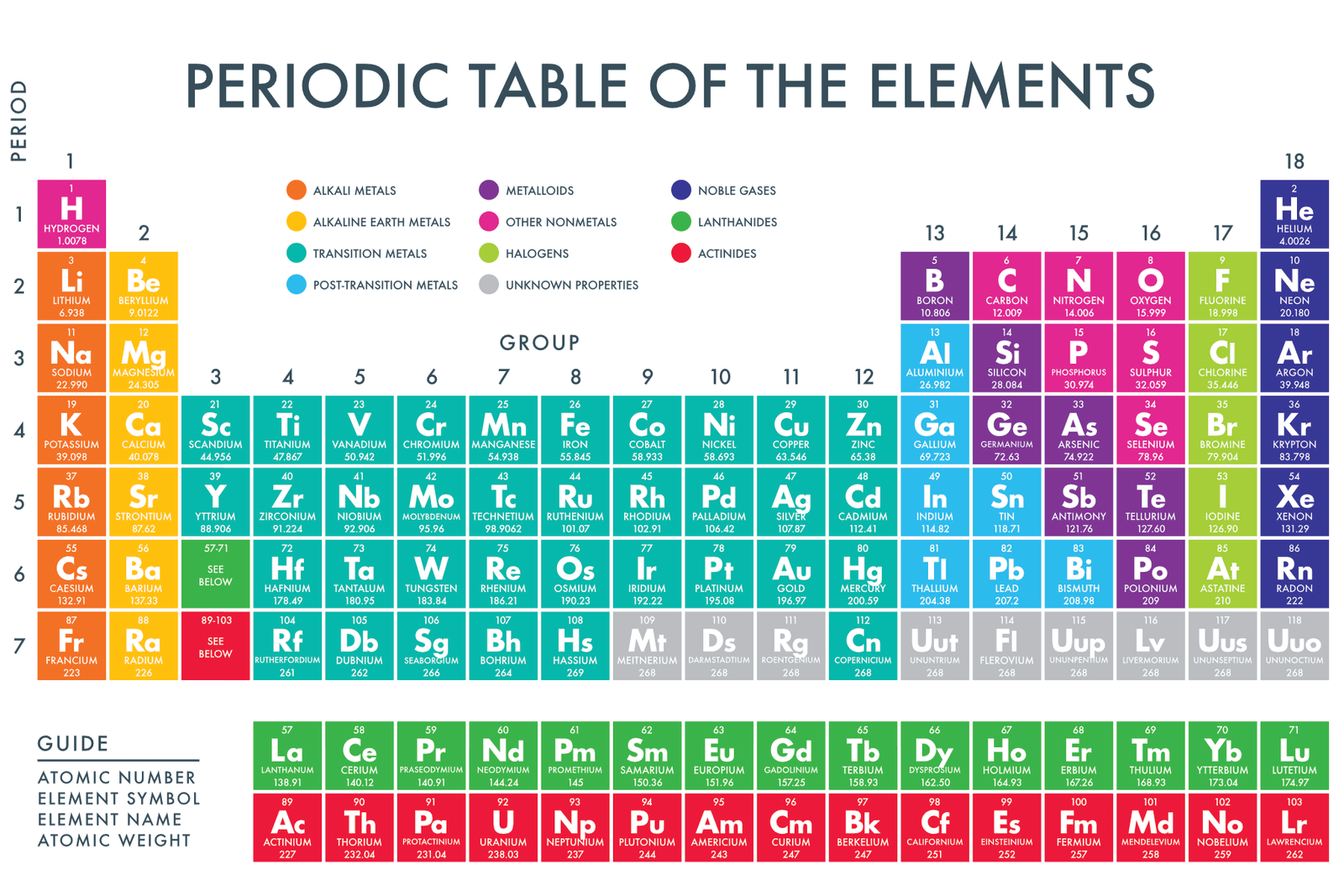
*Elements in boldface are known to be essential to humans.

Table 7.6 Relative Abundance of Some Essential Elements in Earth’s Crust and Oceans Element* Not surprisingly, both molybdenum and iodine are used by many organisms.

In contrast, molybdenum and iodine, though not particularly abundant, are highly soluble-molybdenum as molybdate (MoO 4 2−) and iodine as iodide (I −) and iodate (IO 3 −)-and thus are more abundant in seawater than iron. Many organisms have therefore developed elaborate strategies to obtain iron from their environment. This is also the case for iron and aluminum, which form insoluble hydroxides. Although silicon is the second most abundant element in Earth’s crust, SiO 2 and many silicate minerals are insoluble, so they are not easily absorbed by living tissues. Instead, they tend to form insoluble oxides, hydroxides, or carbonate salts.

To describe some of the roles of trace elements in biological systems.


 0 kommentar(er)
0 kommentar(er)
